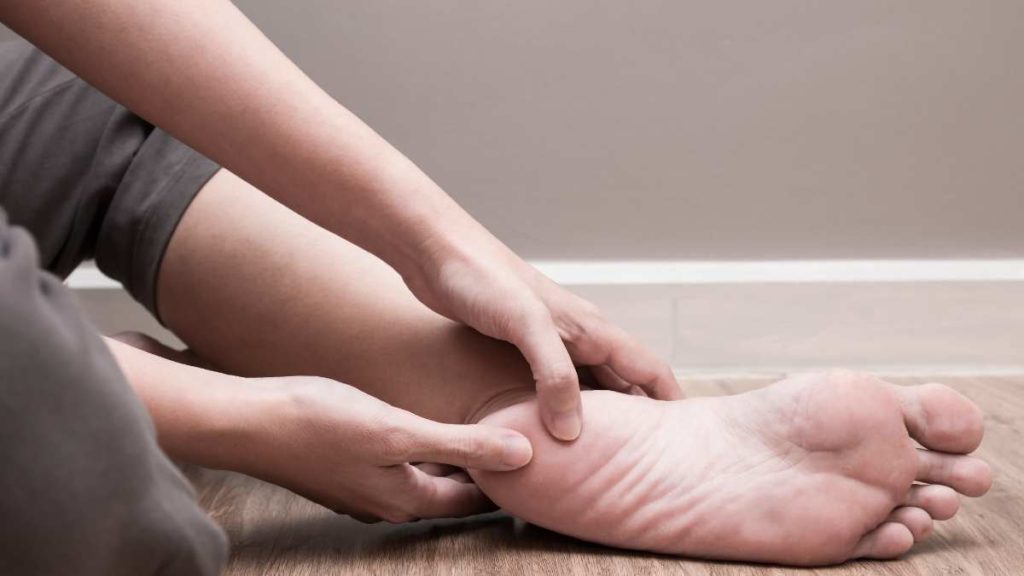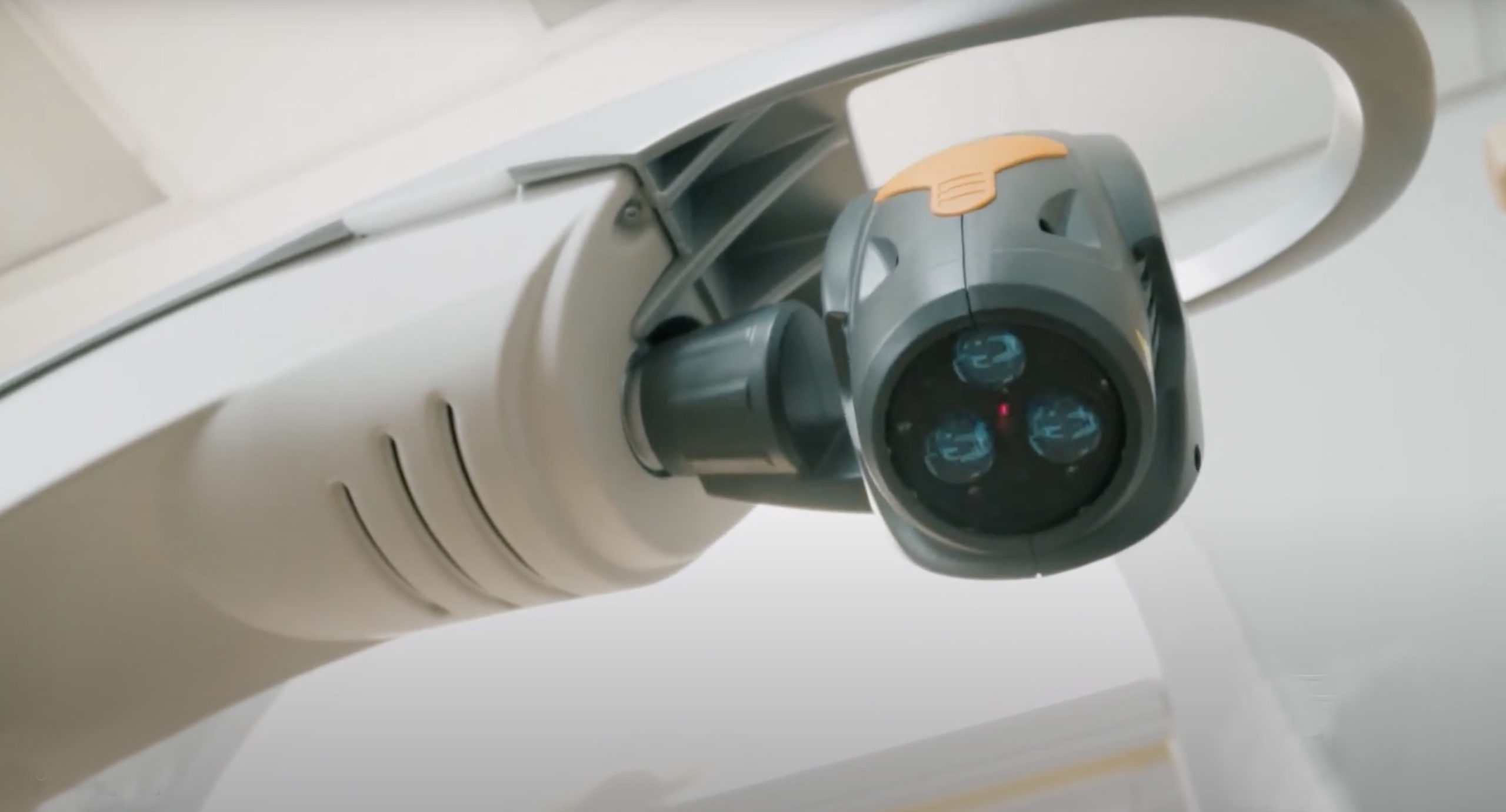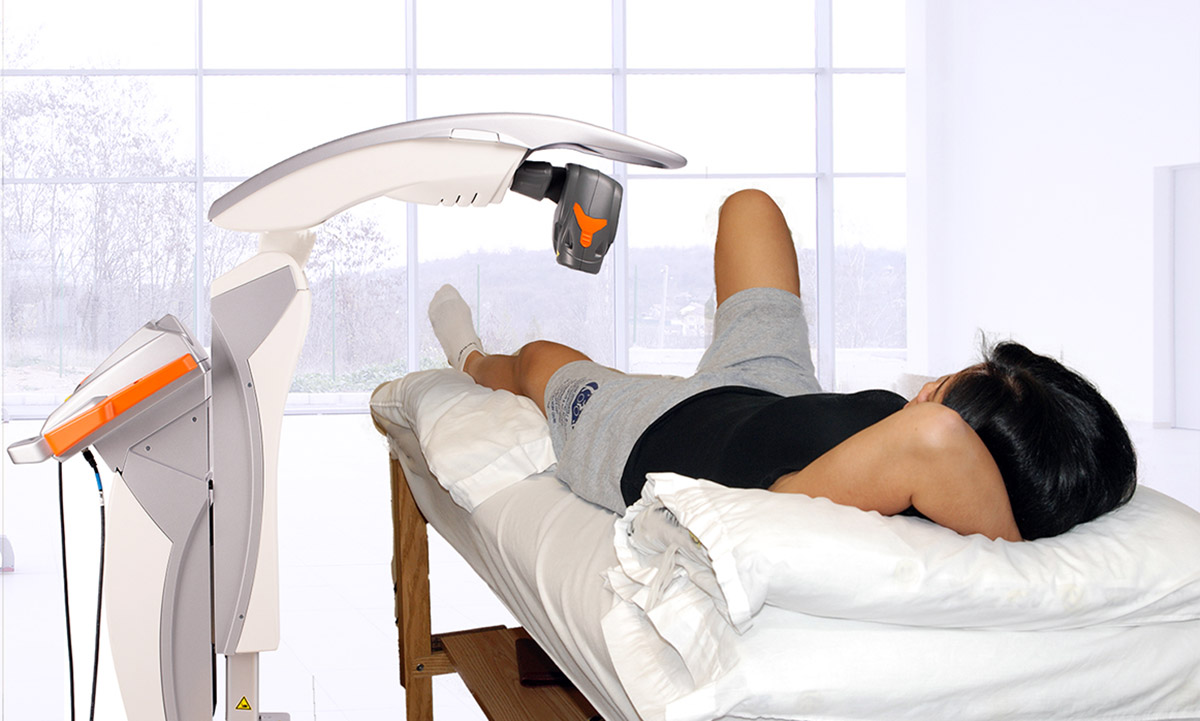We determined and compared the effectiveness of low-level laser therapy (LLLT), therapeutic ultrasound (US) therapy, and extracorporeal shock wave therapy (ESWT) using magnetic resonance imaging (MRI). We perormed a randomized, prospective, comparative clinical study.
A total of 60 patients with a diagnosis of chronic plantar fasciitis were divided randomly into 3 treatment groups: group 1 underwent 15 sessions of LLLT (8 J/cm2; 830 nm); group 2 underwent 15 sessions of continuous US (1 mHz; 2 W/cm2); and group 3 underwent 3 sessions of ESWT (2000 shocks).
All patients were assessed using the visual analog scale (VAS), heel tenderness index (HTI), American Orthopaedic Foot and Ankle Society (AOFAS) ankle-hindfoot scale, Roles– Maudsley score, and MRI before and 1 month after treatment. The primary efficacy success criterion was the percentage of decrease in heel pain of >60% from baseline at 1 month after treatment for 2 of the 3 heel pain (VAS) measurements.
Significant improvement was measured using the mean VAS, AOFAS scale, and HTI scores for all 3 groups. The thickness of the plantar fascia had decreased significantly on MRI in all 3 groups. The treatment success rate was 70.6% in the LLLT group, 65% in the ESWT group, and 23.5% in the US group. LLLT and ESWT proved significantly superior to US therapy using the primary efficacy criterion (p ¼ .006 and p ¼ .012, respectively), with no significant difference between the LLLT and ESWT groups (p > .05). The treatment of chronic plantar fasciitis with LLLT and ESWT resulted in similar outcomes and both were more successful than US therapy in pain improvement and functional outcomes.





